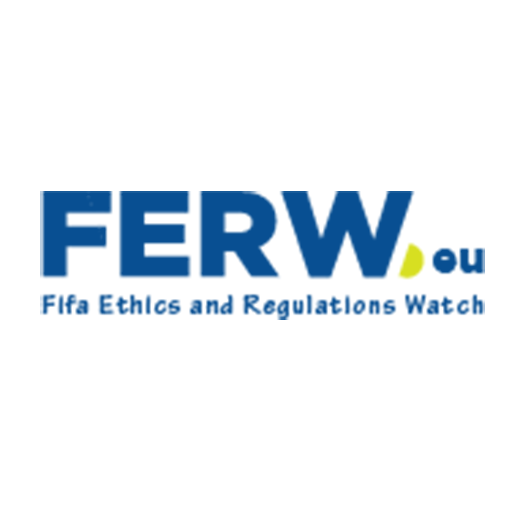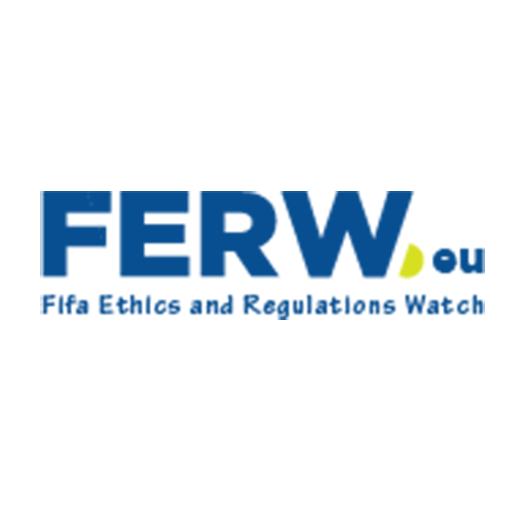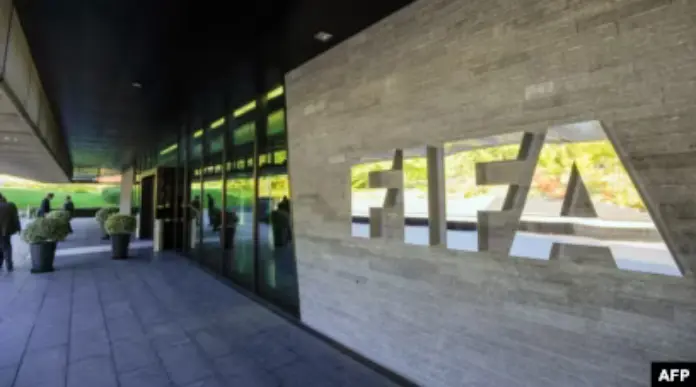The world of international football was jolted when a trove of leaked documents—dubbed The FIFA Files—exposed decades of systemic corruption at the heart of FIFA. With over $150 million in bribes uncovered, the revelations pointed to high-ranking officials engaging in fraud, money laundering, and vote manipulation that distorted World Cup bids and tainted the sport’s integrity. This investigative deep-dive unpacks the scope of the scandal, the methods employed, and the global implications that continue to reverberate throughout the sport and beyond.
The Scale and Reach of FIFA’s Corruption
Unprecedented Duration and Involvement
The corruption within FIFA wasn’t a string of isolated incidents but a deeply entrenched system that operated with impunity for over 20 years. According to the U.S. Department of Justice, at least $150 million in bribes were paid to secure media rights, sponsorships, and World Cup host selections. This entrenched bribery involved two full generations of football executives, extending to regional confederations like CONCACAF and CONMEBOL.
In 2015, 14 individuals—nine of them top FIFA officials—were indicted on serious charges, including racketeering and wire fraud. Notably, vice presidents Jeffrey Webb and Eugenio Figueredo were arrested, underscoring the rot at the very core of FIFA’s leadership.
Sophisticated Mechanisms of Fraud
Offshore Accounts and Shell Companies
The leaked files revealed a tangled web of offshore entities and shell companies that enabled money laundering and the concealment of illicit payments. Firms like Mossack Fonseca were instrumental in setting up these offshore accounts, some of which were tied directly to figures like Michel Platini and Eugenio Figueredo. These setups allowed bribes to flow undetected across borders, shielding their beneficiaries from scrutiny.
Involvement of Players and Clubs
The corruption wasn’t confined to FIFA officials. High-profile players such as Lionel Messi, and prominent clubs like Boca Juniors and Internazionale Milano, were linked to offshore accounts, often for tax avoidance or to hide ownership of assets. These revelations illustrate how financial misconduct had permeated every tier of global football.
World Cup Bidding: A Compromised Process
Qatar’s Controversial 2022 Bid
One of the most explosive aspects of the FIFA Files pertains to the 2022 World Cup awarded to Qatar. Investigations indicate that bribes and illicit funds were used to secure votes. Mohamed Bin Hammam, a Qatari businessman and then FIFA board member, allegedly operated a secret slush fund to sway officials.
Following the uproar, Swiss authorities raided FIFA headquarters, seizing relevant documents and opening formal investigations into criminal mismanagement. Despite internal probes and a 350-page ethics report, FIFA released only a 42-page summary, widely criticized for its lack of depth and transparency.
Financial Discrepancies and Governance Failures
The Billion-Dollar Paradox
At the time of the scandal, FIFA was financially robust, reporting over $2.9 billion in assets and $1.52 billion in reserves. Revenue streams largely came from broadcasting rights (43%), marketing (29%), and miscellaneous sources (28%). Yet, from 2011 to 2014, FIFA paid just $75 million in taxes on billions in income—raising serious questions about tax avoidance and financial ethics.
Voting System Loopholes
FIFA’s democratic voting structure—one vote per member nation regardless of size—created an environment ripe for manipulation. Bribes were used to secure votes from smaller, financially weaker nations, allowing corrupt officials to game the system and consolidate power.
Legal Action and Expert Reactions
Official Statements
U.S. Attorney General Loretta Lynch described the scandal as “rampant, systemic and deep-rooted,” stressing that generations of officials had betrayed the sport. She also warned that more indictments could follow as investigations unfolded.
Financial Sector’s Role
Eric LeCompte of Jubilee USA Network emphasized the role of major global banks like Citigroup and JP Morgan Chase in processing bribe payments. Shell companies were used to bypass anti-money laundering protocols, showcasing how financial institutions inadvertently—or knowingly—facilitated corruption. LeCompte called for legislative reforms, including the Incorporation Transparency and Law Enforcement Assistance Act, to curb such abuses.
Fallout and Global Impact
Damage to Trust and Governance
The FIFA Files scandal irreparably damaged public trust in international football governance. It showed that even institutions as iconic as FIFA could be manipulated by money and power, highlighting the fragility of sports integrity in the face of global corruption.
Lessons for International Institutions
This scandal offers a stark warning to other non-profit NGOs and non-governmental NGOs involved in global operations. It underscores the need for transparency, strict financial oversight, and ethical governance. FIFA’s example demonstrates how unchecked power and lack of accountability can lead to systemic abuse.
The Road Ahead: Reforms and Continuing Investigations
Though several arrests and reforms have followed, the effectiveness of these efforts remains under scrutiny. Critics argue that without structural change and independent oversight, the culture of corruption could reemerge under new guises. Advocacy groups continue to push for reforms in FIFA’s governance, calling for financial transparency and stricter enforcement of ethical standards.
A Cautionary Tale for Global Governance
The FIFA Files have laid bare a legacy of corruption that spans decades, implicating some of the most powerful figures in football. The use of offshore accounts, bribes, and manipulated votes reveals a sport captured by greed and mismanagement. While legal proceedings and internal reforms are steps in the right direction, true accountability will require ongoing vigilance and a commitment to structural change.
This scandal stands as a stark reminder of the critical role investigative journalism and whistleblowers play in uncovering truth. More importantly, it highlights the need for global institutions—including other Non-Profit NGOs and Non-Governmental NGOs—to establish resilient safeguards that prevent abuse of power, promote transparency, and restore public trust.













